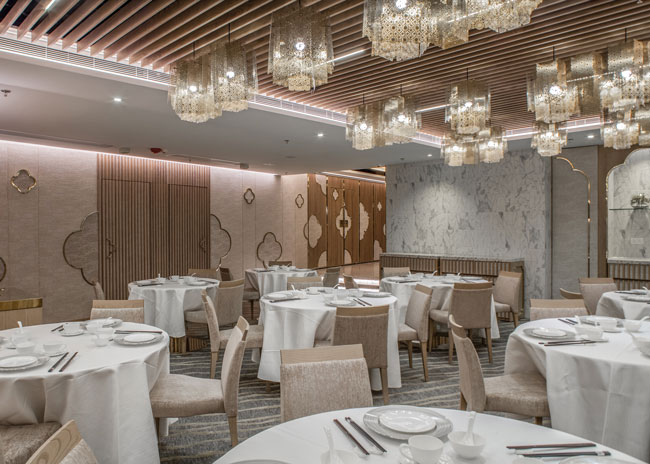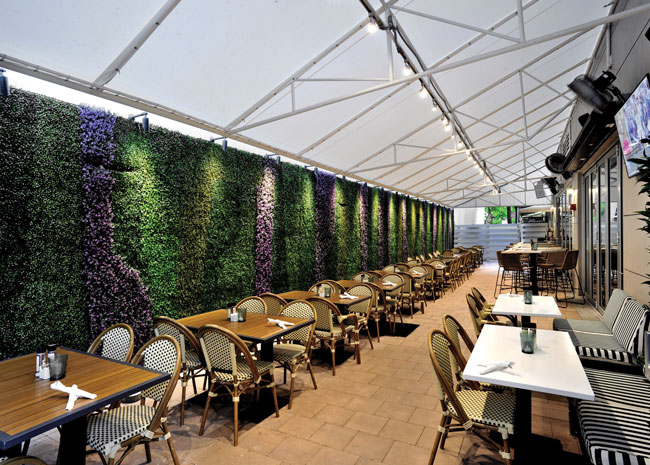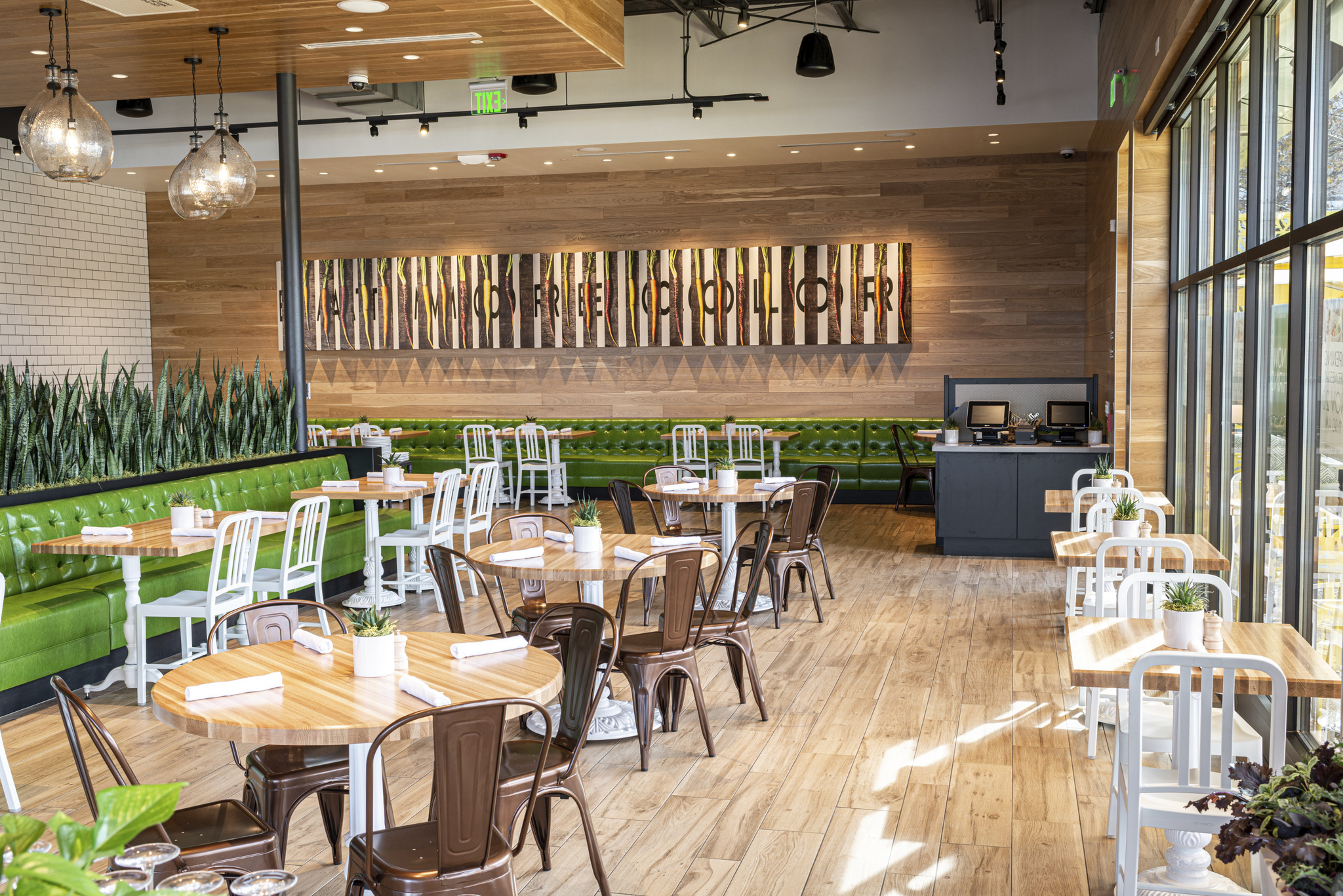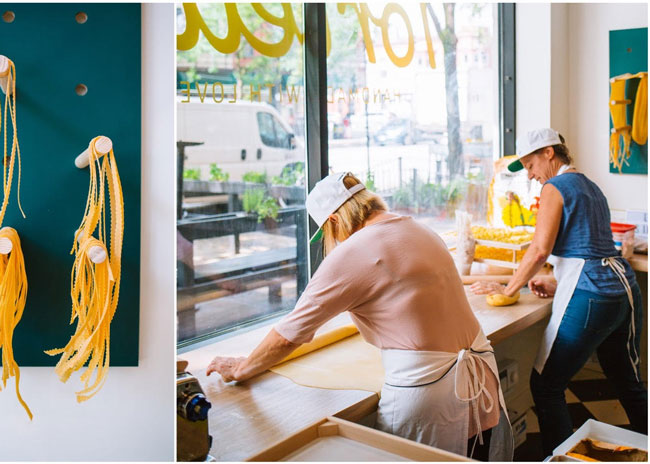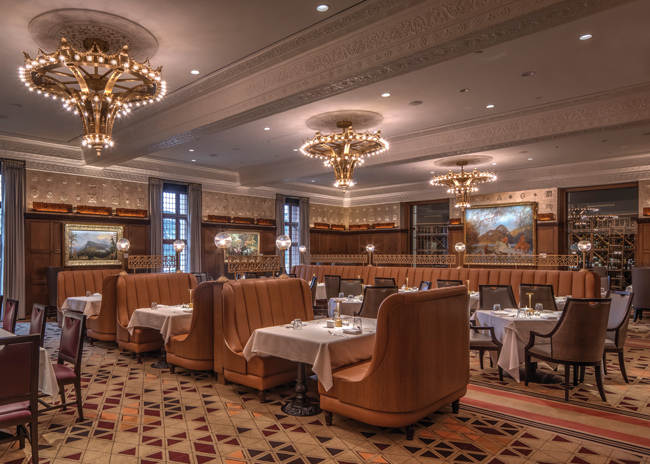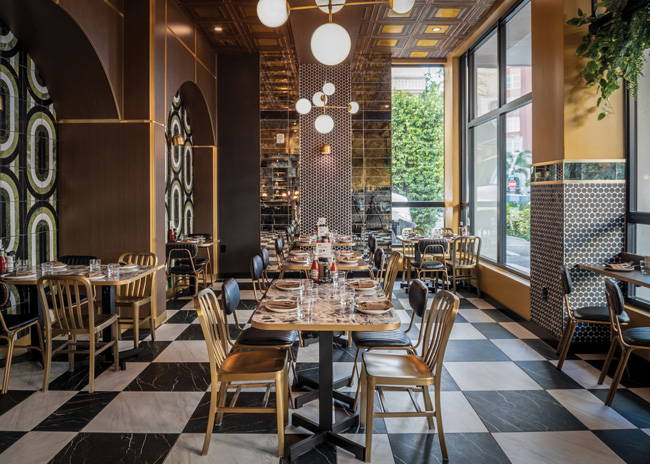Design
- Design
- The Editors
Ah Yung Kitchen, the second restaurant by Michelin starred chef Ah Yung, presents refined Cantonese cuisine in a setting designed by OPENUU’s principals to subtly evoke a traditional Chinese teahouse. A soft, neutral color palette creates a tranquil atmosphere, while greenery installations on accent walls provide color and echo nature.
- Design
- The Editors
Creative use of wall coverings helped to transform a former French restaurant into Latin Café 2000’s newest location. Opened last fall in downtown Miami’s Brickell neighborhood, the restaurant is the third for the casual-dining concept.
- Design
- The Editors
True Foods Kitchen opened its second Chicago-area location. Located in suburban Oak Brook, this 9,000-square-foot space features a mix of indoor and outdoor areas.
- Design
- Joe Carbonara
Famous Dave’s has long been a staple in the American barbecue scene. The restaurant chain has 27 company-owned and 109 franchise-operated locations spanning 33 states and 3 countries.
- Design
- Toby Weber
Chicago-based Tortello is designed to celebrate pasta and the pasta making process.
- Design
- Toby Weber
Florida-based Avocado Grill is a farm-to-table tapas style restaurant that features local produce, seafood and more.

